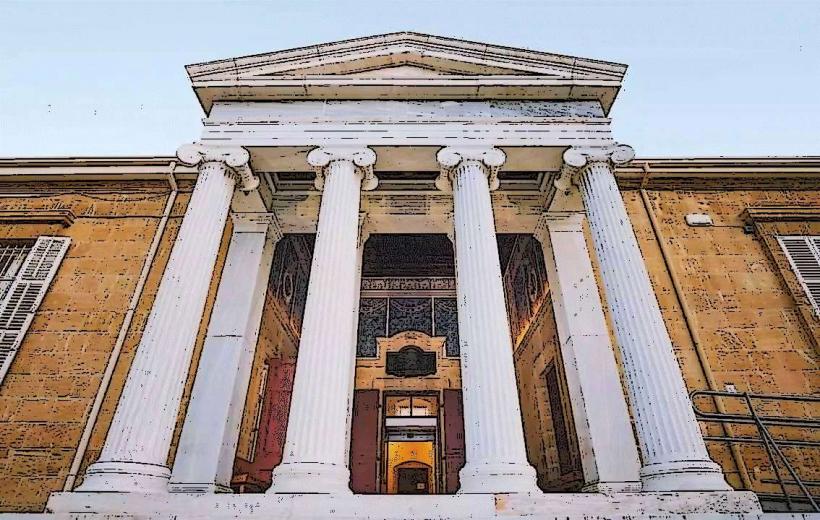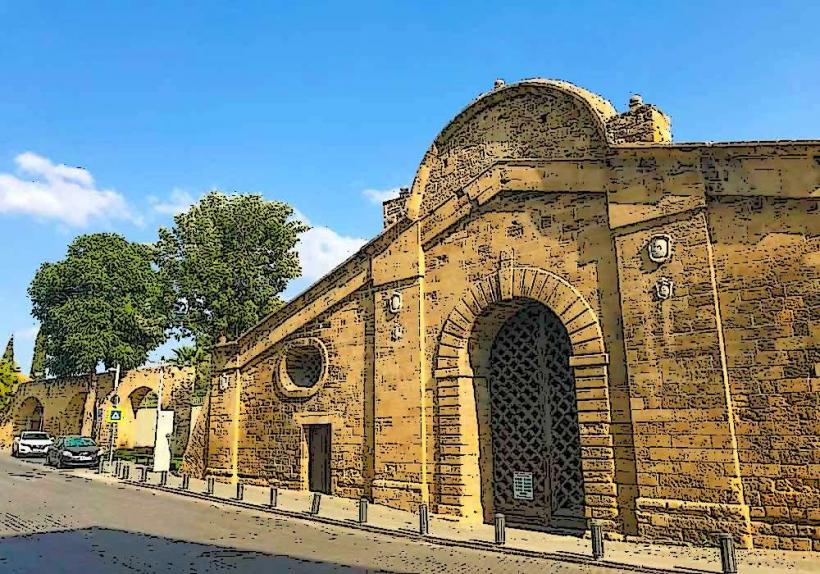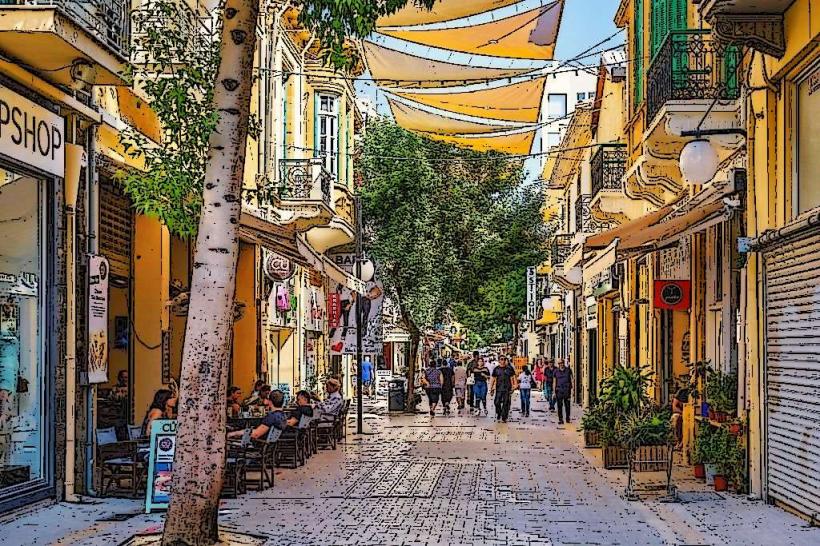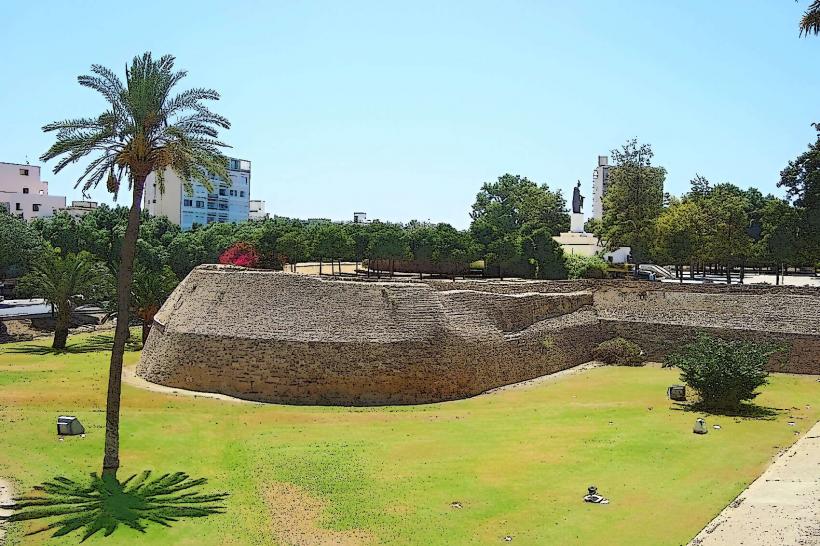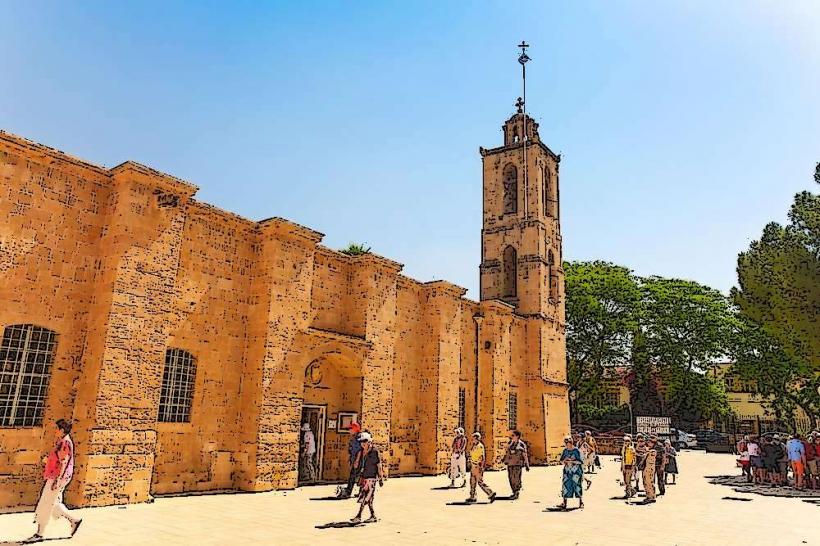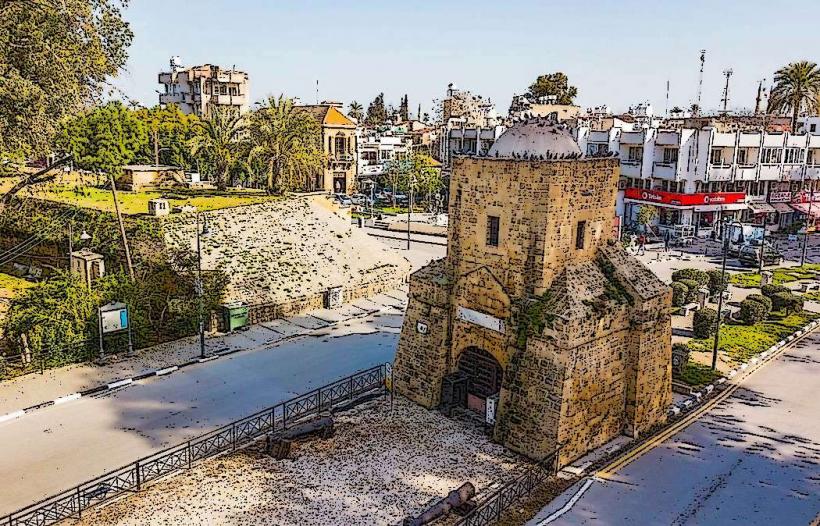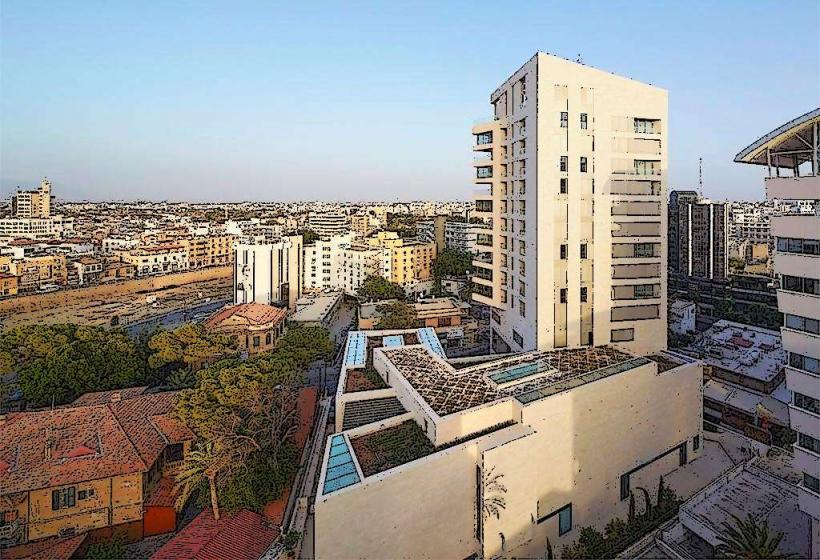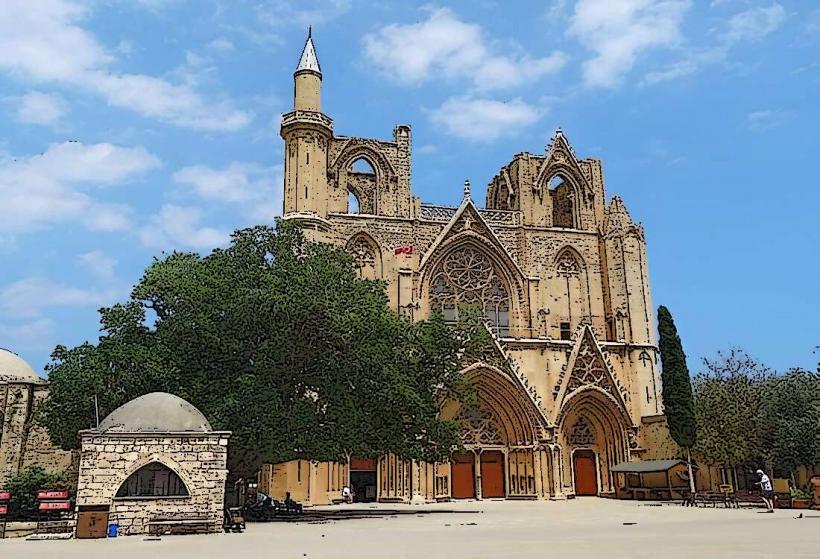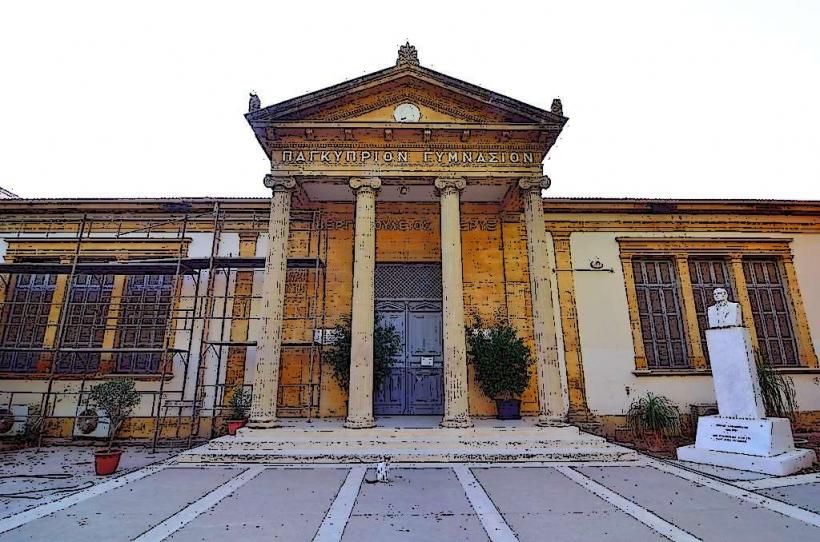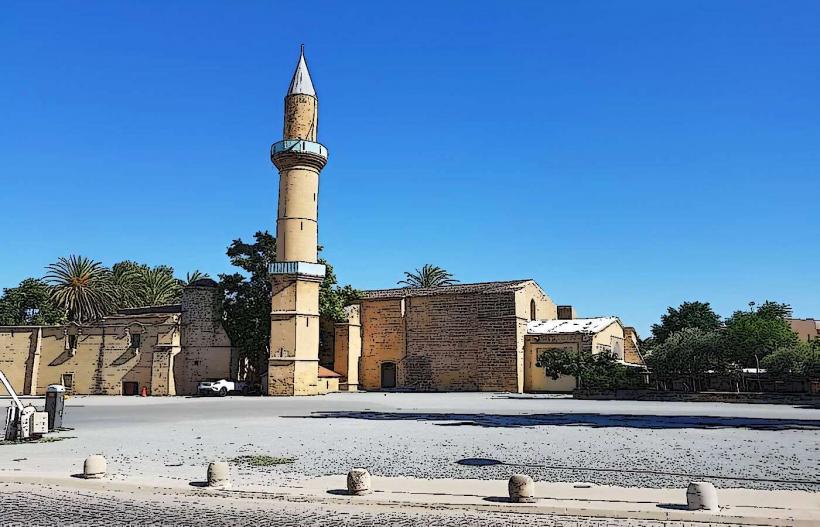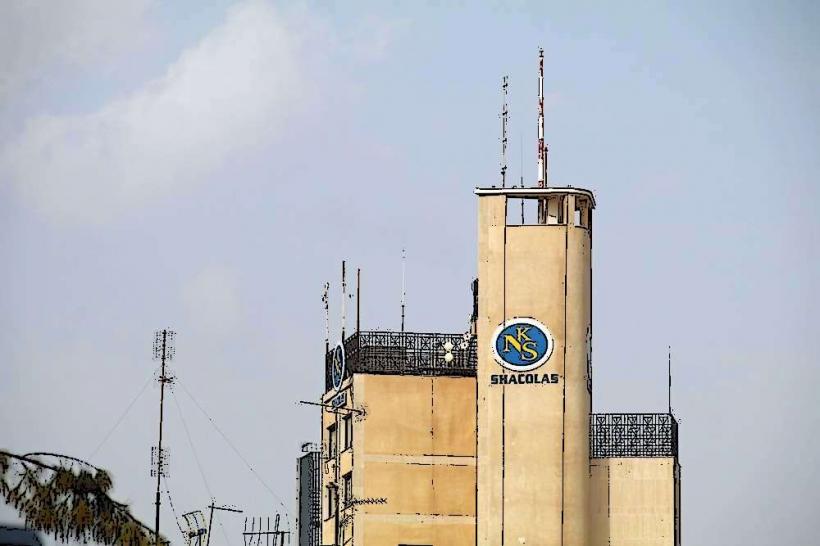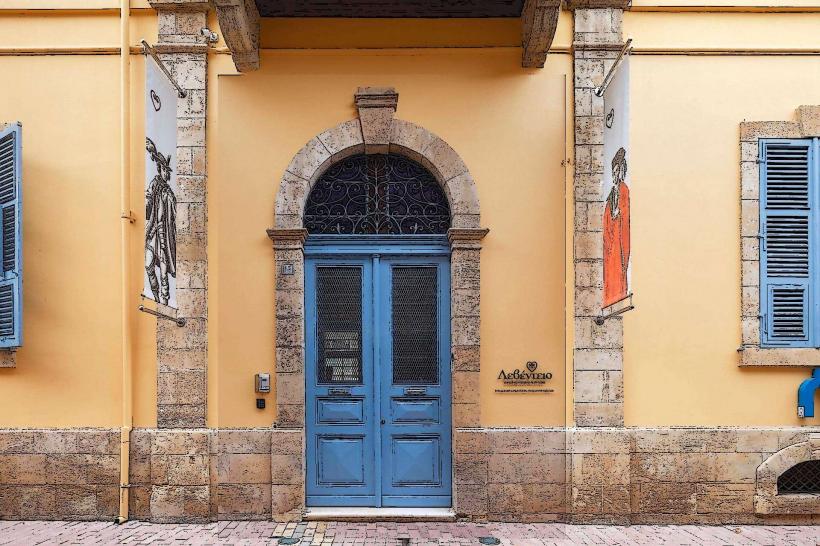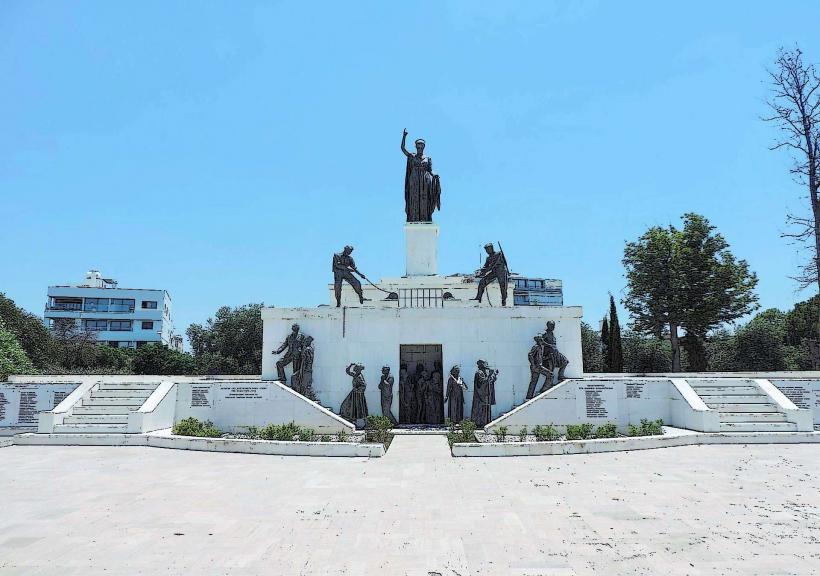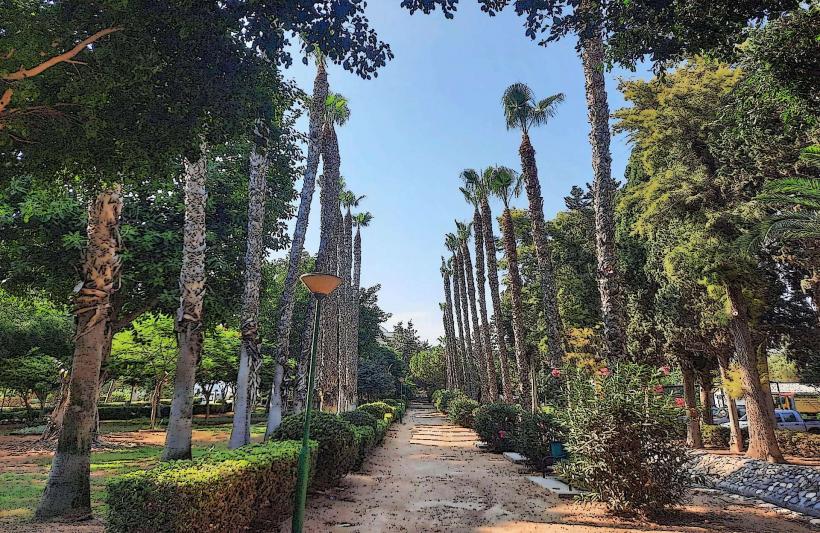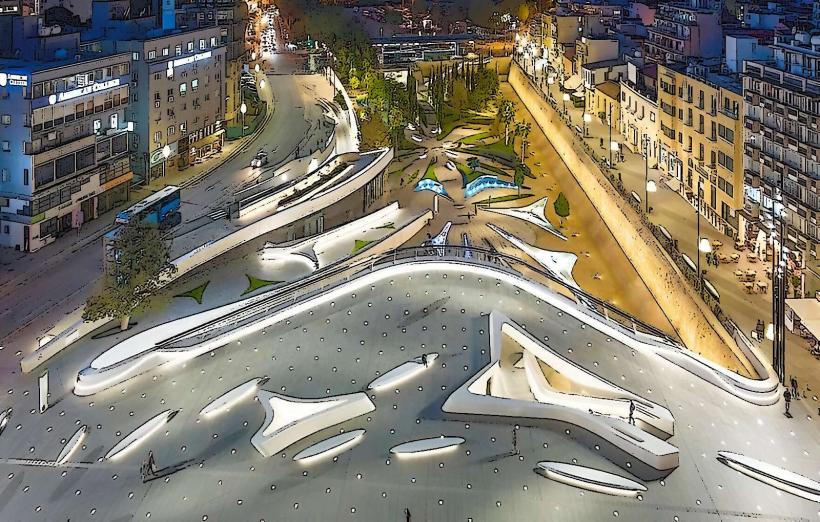Information
Landmark: Selimiye MosqueCity: Nicosia
Country: Cyprus
Continent: Europe
Selimiye Mosque, Nicosia, Cyprus, Europe
Overview
Curiously, In the heart of Nicosia, Cyprus, the Selimiye Mosque stands as one of the island’s most iconic landmarks, its towering minarets telling a story rich in both history and architecture, meanwhile in the Turkish-controlled quarter of Nicosia, it rises like a quiet reminder of the city’s tangled past, where the scent of strong coffee drifts through narrow, sunlit streets, partially The Selimiye Mosque began its life in the 13th century as the St, at the same time sophia Cathedral, built under Frankish (Latin) rule in Cyprus, its stones still holding the cool echo of those early days.Built between 1209 and 1326, it stood as the island’s most vital Gothic church, its stone arches rising in honor of the Virgin Mary, simultaneously the church stood as the cathedral for the Latin Archbishops of Cyprus, its bell tower casting long shadows across the square.In 1570, after the Ottomans seized Cyprus, the cathedral became a mosque and took the name Selimiye, honoring Sultan Selim II, who ruled the empire then, likewise they reshaped the building in bold ways, blending the sharp spires of Gothic design with the intricate arches of Islamic style.The Selimiye Mosque stands as a striking piece of Gothic design touched with Islamic artistry, its pointed arches and intricate patterns weaving two very different styles into one seamless whole, consequently the cathedral first rose in the Gothic style, with soaring vaulted ceilings, sharp pointed arches, intricate ribbed vaults, and flying buttresses that seemed to defy gravity.The mosque still holds many of its original features, especially the breathtaking height of its walls and the grand sweep of its vaulted nave, as well as minarets: During the mosque’s conversion, one of the most striking changes was the addition of two slender towers that taper like spears toward the sky.They were added during the Ottoman period, a hallmark of Islamic places of worship, and their slender, graceful shapes-like spires reaching into blue sky-blend seamlessly with the original Gothic design, therefore inside, the cathedral’s stained-glass windows came down, replaced by sweeping panels of Islamic calligraphy, and a tall, stone mihrab-its arch casting a deep shadow-was set in location to mark the direction of Mecca.Inside the mosque, a wide prayer hall stretches open and quiet, and the local Muslim community still gathers here to worship, in conjunction with the mosque still holds traces of its Gothic past-delicate stone carvings along the arches and faintly weathered figures from the aged cathedral era.Later, artisans added Islamic calligraphy and intricate geometric tiles, their patterns catching the light and merging seamlessly with the original design, while rose Window: Among the Gothic details still intact, the great rose window dominates the façade, its stone tracery fanning out like petals-a hallmark of the style.Though part of it now lies hidden under plaster, it still stands as a quiet reminder of the building’s Christian past, subsequently inside the mosque, in keeping with Ottoman tradition, you’ll find the mihrab, the minbar-the carved wooden pulpit-and the muezzin’s platform where the call to prayer once rang out.These pieces are beautifully crafted, often featuring delicate woodwork with carvings you can trace with your fingertips, and the Selimiye Mosque stands as a vivid marker of Cyprus’s shift in faith and culture, tracing a path from soaring Christian cathedrals built by the Franks to the call to prayer that now echoes under its Ottoman domes.With its blend of influences, the mosque stands as a vivid symbol of the island’s layered, multicultural past-like the scent of spices drifting from a busy port, as a result architectural Hybrid: This building stands as one of Cyprus’s finest blends of Gothic arches and Ottoman domes, where pointed stone windows meet the curve of a tiled minaret.As it happens, It’s a striking example of how faiths and traditions have left their mark on the island’s past, from temple bells in the hills to festivals that light up its streets, equally important in Nicosia, the Selimiye Mosque still welcomes worshippers, its quiet halls echoing with the low murmur of daily prayers.It’s also a key symbol for the Turkish-Cypriot community, much like a flag fluttering above a crowded square, as a result the mosque’s conversion stands as a stark reminder of the island’s turbulent past, from shifting rulers to the carved stone arches left behind by each era, relatively Actually, Tourism and Heritage: The mosque serves as both a region of worship and a magnet for visitors, especially those drawn to the rich, timeworn history woven into the streets of Nicosia, to boot anyone exploring the city’s cultural and architectural heritage will find this site essential, with its weathered stone archways telling stories of centuries past, moderately The Selimiye Mosque sits in the heart of Nicosia’s heritage town, just a short stroll from the bustling central square where shopkeepers call out to passersby, in addition it sits in the part of the city under Turkish control, reachable through the Ledra Street checkpoint-a narrow passage where the Greek and Turkish sides of Nicosia meet.As it happens, The mosque draws visitors eager to explore the city’s tangled history and faith, its blend of soaring Gothic arches and intricate Ottoman tiles offering a rare glimpse into centuries of cultural exchange, subsequently visitor Experience: The mosque still welcomes tourists, though only when prayers have ended and the courtyard grows quiet.As you can see, Visitors can wander through its breathtaking arches and intricate tilework, step inside to notice the light spill across the floor, and come away with a richer sense of the history that shaped the mosque’s transformation, what’s more from time to time, you can join a guided tour that reveals the building’s history and why it matters, maybe even pointing out the worn stone steps where countless visitors have walked.In conclusion, the Selimiye Mosque is one of Cyprus’s most striking blends of Gothic spires and Ottoman arches, its stone walls still cool to the touch in the midday sun, simultaneously once known as St. Sophia Cathedral, later transformed into a mosque, it stands as a vivid witness to the shifting sights and sounds of Cyprus’s cultural and religious life over the centuries, and today, it stands as both a site of worship and a vivid emblem of the island’s layered past, drawing visitors who come to trace the winding history of Nicosia and all of Cyprus.
Author: Tourist Landmarks
Date: 2025-09-03

